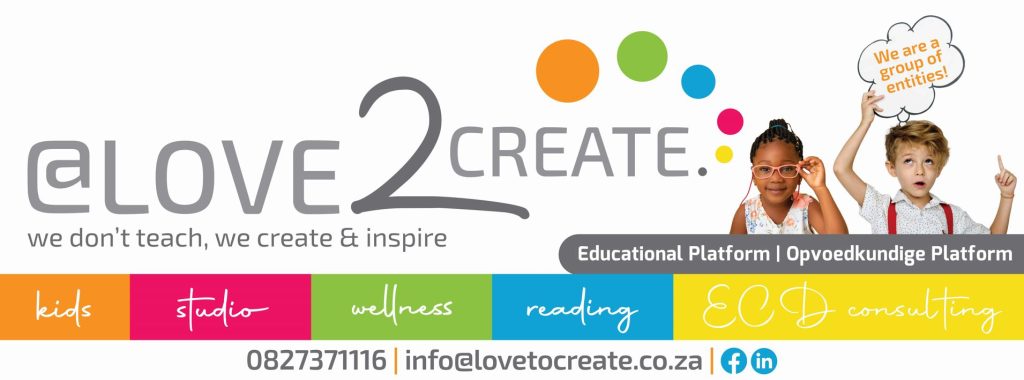Understanding Multiple Intelligences:-
Howard Gardner’s theory of Multiple Intelligences, introduced in 1983, revolutionized how we perceive intelligence in education. Gardner proposed that intelligence is not a single entity but a combination of various cognitive abilities. This theory highlights the importance of recognizing and nurturing different types of intelligences in children to foster holistic development.
 Gardner identified EIGHT primary intelligences:
Gardner identified EIGHT primary intelligences:
Linguistic Intelligence: Sensitivity to spoken and written language.

Logical-Mathematical Intelligence: Ability to analyze problems logically and carry out mathematical operations.

Spatial Intelligence: Capacity to think in three dimensions.

Bodily-Kinesthetic Intelligence: Ability to use one’s physical body skillfully.

Musical Intelligence: Skill in performing, composing, and appreciating musical patterns.

Interpersonal Intelligence: Capacity to understand and interact effectively with others.

Intrapersonal Intelligence: Capacity to understand oneself and use such knowledge effectively.

Naturalistic Intelligence: Ability to recognize and categorize plants, animals, and other aspects of nature.
 Implementing Multiple Intelligences in Early Childhood Education
Implementing Multiple Intelligences in Early Childhood EducationCustomized Learning Approaches:-
Recognizing that children possess different types of intelligences, educators can create a more inclusive and effective learning environment by tailoring their teaching methods to address these diverse intelligences.
 Here are some strategies:
Here are some strategies:
Linguistic Intelligence: Incorporate storytelling, reading, and writing activities.

Logical-Mathematical Intelligence: Use puzzles, problem-solving tasks, and experiments.

Spatial Intelligence: Integrate drawing, model-building, and visual aids.

Bodily-Kinesthetic Intelligence: Encourage physical activities, hands-on learning, and role-playing.

Musical Intelligence: Include singing, playing instruments, and listening to music.

Interpersonal Intelligence: Facilitate group projects, peer teaching, and social activities.

Intrapersonal Intelligence: Provide opportunities for self-reflection, journaling, and goal-setting.

Naturalistic Intelligence: Organize nature walks, gardening, and environmental projects.
 Creating a Supportive Learning Environment
Creating a Supportive Learning EnvironmentA learning environment that respects and nurtures multiple intelligences is one where every child feels valued and supported.
This involves:

Diverse Teaching Materials: Use a variety of resources that cater to different intelligences, such as books, musical instruments, art supplies, and educational games.

Flexible Classroom Layouts: Arrange spaces to accommodate different activities, including quiet reading corners, open areas for physical movement, and stations for hands-on experiments.

Collaborative Projects: Encourage teamwork and peer learning to leverage interpersonal intelligence and create a sense of community.

Continuous Assessment: Implement diverse assessment methods to understand each child’s unique strengths and areas for growth.
 Promoting Wellness in Early Childhood Education:-
Promoting Wellness in Early Childhood Education:- Physical Wellness
Physical WellnessPhysical wellness is foundational for children’s overall development. Ensuring children have regular physical activity helps improve their motor skills, health, and cognitive function.

Strategies include:

Active Play: Incorporate daily playtime that involves running, jumping, and other physical activities.

Healthy Nutrition: Provide balanced meals and educate children about healthy eating habits.

Adequate Rest: Ensure children have enough rest during the day, which is crucial for their growth and development.
 Emotional Wellness
Emotional Wellness
Emotional wellness involves helping children understand and manage their emotions, leading to better social interactions and self-awareness.

Strategies include:

Emotional Literacy: Teach children to recognize and express their emotions through activities like storytelling, drawing, and role-playing.

Supportive Relationships: Foster a caring environment where children feel safe and supported by their peers and teachers.
Conflict Resolution: Equip children with skills to resolve conflicts peacefully and understand different perspectives.
 Mental Wellness
Mental Wellness
Mental wellness is about fostering a positive learning environment that stimulates children’s intellectual curiosity and cognitive development.

Strategies include:

Mindfulness Activities: Incorporate practices like deep breathing, meditation, and yoga to help children manage stress and enhance focus.

Creative Expression: Encourage creativity through art, music, and imaginative play.

Positive Reinforcement: Use positive reinforcement to build children’s confidence and motivation.

Integrating Multiple Intelligences and Wellness

Integrating multiple intelligences with wellness initiatives creates a holistic approach to early childhood education. This approach ensures that every child’s cognitive, physical, emotional, and social needs are met. By recognizing and nurturing the diverse ways children learn and ensuring their overall wellness, educators can foster a generation of well-rounded, confident, and capable individuals.

Conclusion

Embracing the theory of multiple intelligences and prioritizing wellness in early childhood education creates a nurturing and inclusive environment where every child can thrive. By tailoring educational strategies to address diverse intelligences and focusing on holistic wellness, educators can support the development of well-rounded individuals who are prepared for future challenges.
